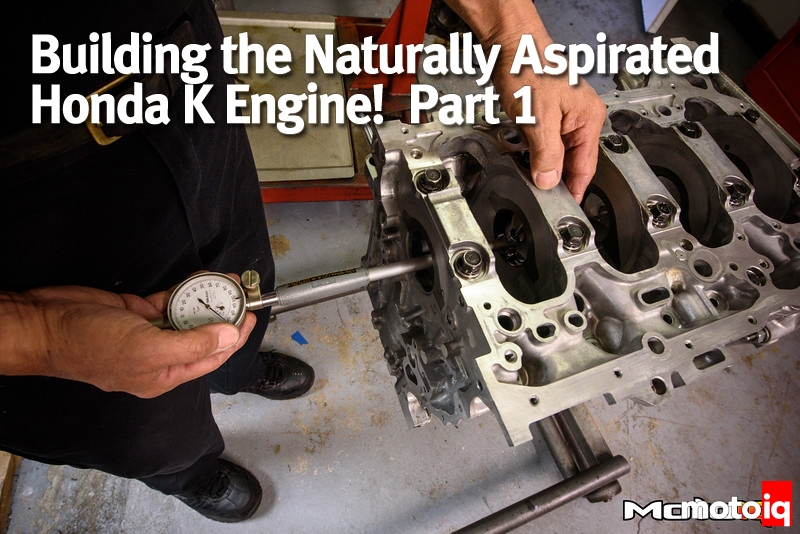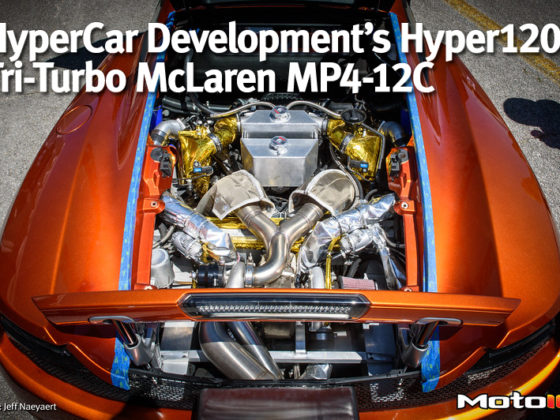,
 We used a tapered wall, tool steel piston pin to save weight. If you can get away with it, reducing reciprocating weight frees up power and reduces stress on bottom end components.
We used a tapered wall, tool steel piston pin to save weight. If you can get away with it, reducing reciprocating weight frees up power and reduces stress on bottom end components.  Because we were building the engine to run 91 octane pump gas, we chose a moderate 11.5:1 compression ratio for our naturally aspirated motor.
Because we were building the engine to run 91 octane pump gas, we chose a moderate 11.5:1 compression ratio for our naturally aspirated motor. The slightly higher than stock compression is apparent when you see the slight dome in the piston. Of course, to run more power, we could have opted to use a much higher compression ratio but we were able to meet the car owners power targets with a lower compression ratio. Why have the expense of having to run race fuel all the time?
 We used JE's ring set which employs thin low tension compression rings. A 1.1mm chrome top ring is used with a 1.2mm iron second ring with a hooked Napier profile. Napier rings give better oil control at high rpm.
We used JE's ring set which employs thin low tension compression rings. A 1.1mm chrome top ring is used with a 1.2mm iron second ring with a hooked Napier profile. Napier rings give better oil control at high rpm.The oil rings have a Narrow profile and are low tension. There are two scrapers on either side of the separator. The separator gives space for the oil to drain via holes in the oil ring groove.
 For a head gasket, we opted to use one of JE's new Pro Seal MLS head gaskets.
For a head gasket, we opted to use one of JE's new Pro Seal MLS head gaskets.  JE Pro Seal head gaskets are constructed from multiple layers of 301-stainless steel, which have each been precision laser cut and fastened together to ensure optimal alignment and sealing.
JE Pro Seal head gaskets are constructed from multiple layers of 301-stainless steel, which have each been precision laser cut and fastened together to ensure optimal alignment and sealing.The Pro Seal head gasket also has a folded stopper layer which provides an extra clamping force around the combustion chamber to greatly improve the seal even under tough conditions like endurance road racing with boost.
The gasket is coated with a layer of sythetic rubber which makes it a little more forgiving to machining irrgularities or a slightly rough deck surface than your typical MLS gasket.
 For connecting rods we decided to use parts from K1 Technologies.
For connecting rods we decided to use parts from K1 Technologies.K1 rods are machined from a forged 4340 steel billet. 4340 is a super strong heat treatable steel alloy steel similar to chromoly, having nickel, chromium, and molybdenum as alloying agents. The alloying agents give 4340 double the strength of regular steel with the high nickel content making it stronger, tougher and more rupture resistant with a high impact resistance. These properties make 4340 an ideal alloy for connecting rods and stuff like gears, axles or crankshafts as well.
The rod is first machined to shape from a rough cut piece of billet then solution heat treated. This heat treating greatly improves the mechanical properties such as tensile strength of 4340 steel. Solution heat treating makes the alloy homogeneous where all of the atoms in the material effectively become a solid solution during the treatment causing the alloying elements to be evenly distributed around the part.



